1970 Chevelle Restoration
Article by Mark Trotta
Based on GM's popular 'A-body' platform, Chevelles are sought after by muscle car collectors and racers alike. Aside from it's good looks, it's easy to upgrade performance, brakes, and suspension.
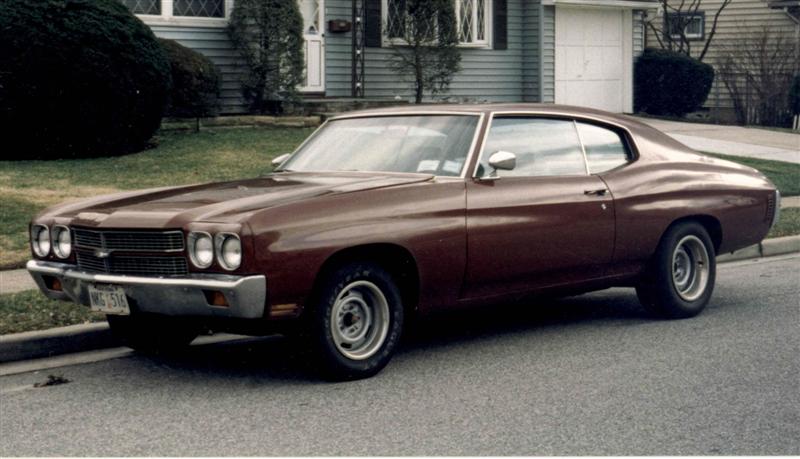
This particular car left the factory as a Malibu sport coupe, equipped with a 307ci V8, four-speed transmission, bucket seats and floor console. The exterior was black cherry (burgundy) with a black vinyl top. The interior featured white seats with black dashboard and carpet.
A previous owner had replaced the original engine with an older 327ci small-block. It had a 350-horsepower cam and factory slant plug heads. They were the cast-iron, parts-counter-only version.
The motor was a fed by a dual-feed Holley 4-barrel on a single-plane manifold. The engine made great power after 3,000 rpm, but was sluggish at lower RPMs.
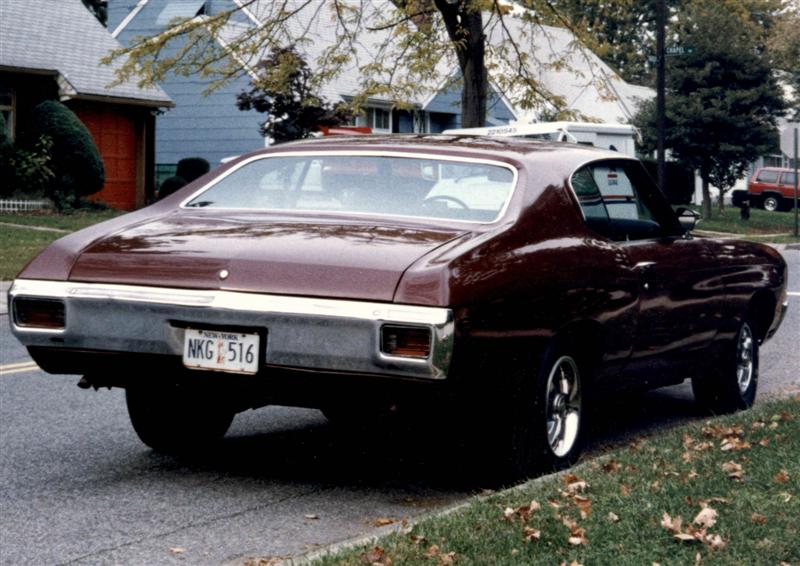
The original exhaust system was gone--in it's place was a pair of glass-pack mufflers hanging off the back of aftermarket headers. Air shocks and traction bars had been installed, and the factory rear axle ring and pinion had been swapped for 4.11 gears.
********************
Engine Overhaul
Since this car was to be my daily driver, I needed to bring the engine performance back to a streetable level.
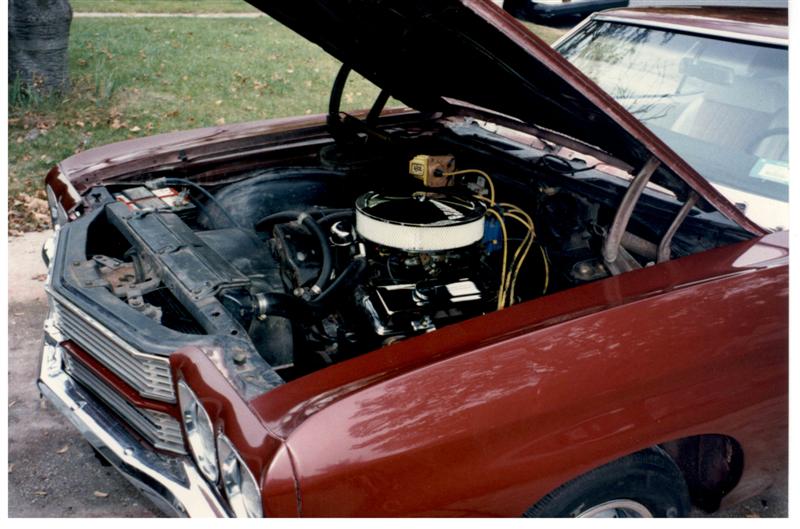
The first step was camshaft selection. There are so many choices here, actually too many. It's very easy to pick the wrong cam for an SBC motor.
I kept it simple - I took out the 350hp cam and installed a factory-spec 300hp cam. At the same time, the cylinder heads, timing chain and gears, intake manifold and carburetor, were all changed together.
Read: Best Heads For Gen-1 SBC
********************
Bodywork and Paint
On the outside, the rear fender wells had been cut out and six-inch fender flares were added. The factory rally wheels were replaced with oversize Cragar S/S mags which stuck out of the wheel wells. This modification may have been cool in the seventies, but did not belong on this classic Chevy!
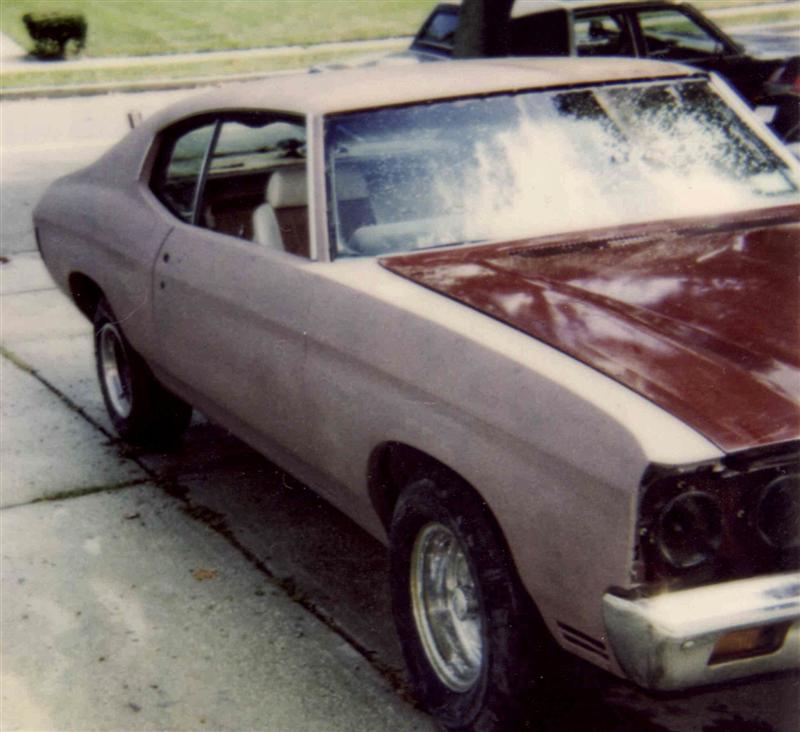
There were several coats of paint on top of the original, so I began stripping the paint to bare metal.
First, chemical stripper was applied, and then I used a scraper to get as much of the paint off as I could. After the paint stripper was cleaned off I sanded the body with a dual action sander. A wire wheel on an electric drill helped me get into the smaller corners and curves.
Install Quarter Panels
All GM A-body cars have great aftermarket coverage, with dozens of companies offering replacement body panels for 1964-1972 Chevelle's.
Full vs Partial Panels
I didn't need to buy complete quarter panels, which had two big advantages. First, quarter panel skins, which extend from the upper belt line down, are cheaper than full quarters. Second, they can be shipped much cheaper (full quarter panels need to be shipped via truck, only to a business address, and you pay freight).
After the Chevelle quarter panels arrived, I held them up against the car and marked out what I needed to trim off.
TIP: Don't cut out the old panels before you get the new ones!
A combination of hand snips and an air grinder were used to cut out the old sheet metal around the flares.
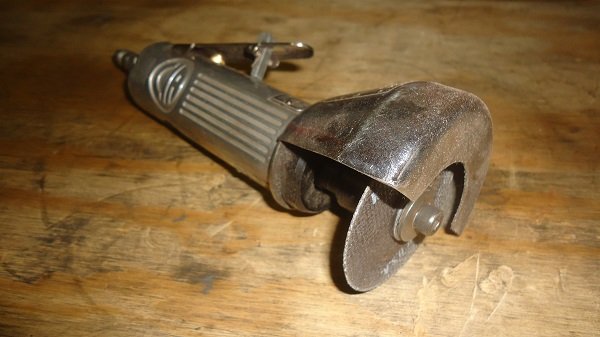
Read: Nine Ways To Cut Sheet Metal
******************
Patch Panels
The left-side inner-wheelhouse had some rust spots in it, which were cut out and trimmed as square as possible. A cardboard template was made, transferred to a piece of sheet metal, and then trimmed out. The patch was Mig-welded in.
Read: How To Make A Patch Panel
Although not available at the time, several companies offer inner-wheelhouse panel patches. Although the replacement panels are full-sized, you only need to cut out the metal that's damaged.
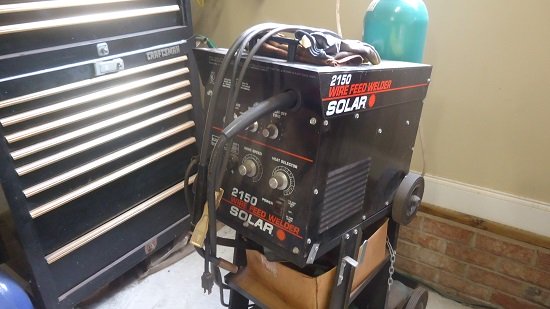
Read: MIG Welding Sheet Metal
Like most (if not all) Malibu models, this one had a vinyl top, which often promotes moisture and rust. There was a spot of rust underneath the rear window, behind the vinyl. The material peeled off rather easily, and I decided to remove the vinyl roof altogether.
Chevelle Malibu's that were vinyl top equipped had stainless moldings separating the vinyl top from the body, as well as horizontal moldings down the sides of the car. These were removed and the holes were plugged with a MIG welder.
After the bodywork was completed, a few primer coats were sprayed, then allowed to dry for two days.
DIY Car Painting
After checking and re-checking the bodywork several times, the exterior was sprayed the original color (burgundy) with Dupont Centurian two-stage enamel. This was the first car of many that I sprayed with a turbine paint system.
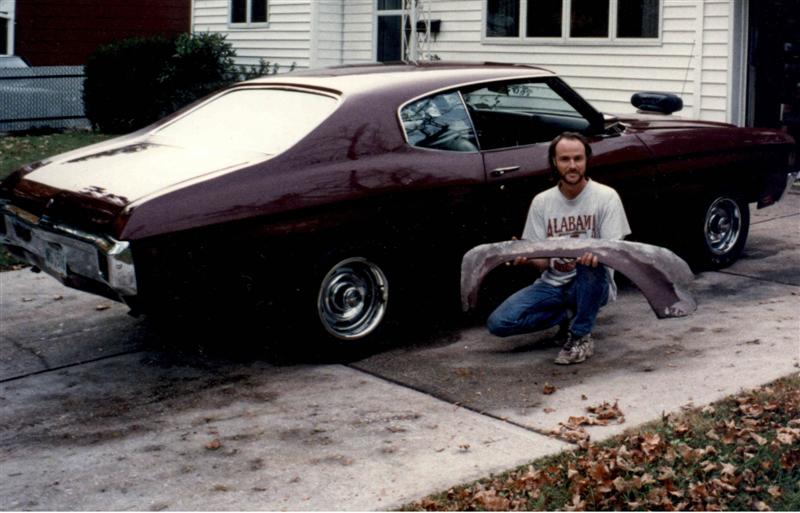
Read: How To Paint A Car
Working part-time in my home garage, it took me about a month to paint the car. I waited another week before starting to wet-sand the clear coat. I took this step slowly, using 1000-grit paper (600-grit paper was used on several spots were I laid the clear coat on too heavy.)
******************
Drum To Disc Swap
Once the motor was back together, it was time to do something about the front drum brakes. All 1964-1972 GM A-body cars share the same brakes (and suspension), and front disc brakes are interchangeable from 1968 to 1972.
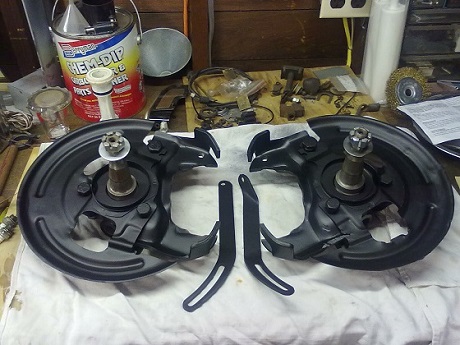
There are two options to choose from when converting front manual drum brakes to power discs. You can either scrounge used parts from a donor car like I did, or buy a disc brake conversion kit.

********************
Interior
Seems like this 1970 Chevelle had received all the "boy racer" additions. Inside, a red shaggy carpet ran underneath the factory console, which had been cut (hacked) to accommodate an non-stock Hurst shifter. The factory radio had been replaced with a cheap aftermarket unit.
Tires
In the five years it was my daily driver, the two rear sets of Pro-trac L60's were the most enjoyable tires I ever wore out!
********************
Parts Availability
Dozens of aftermarket companies offer nearly every replacement part needed for 1964 through 1972 Chevelle models. In addition to plentiful parts, interchangeability with other GM A-body cars is great. This includes 1964-1972 Buick Skylark, Olds Cutlass and 4-4-2, Pontiac Lemans and GTO, and Chevy Chevelle and Monte Carlo.
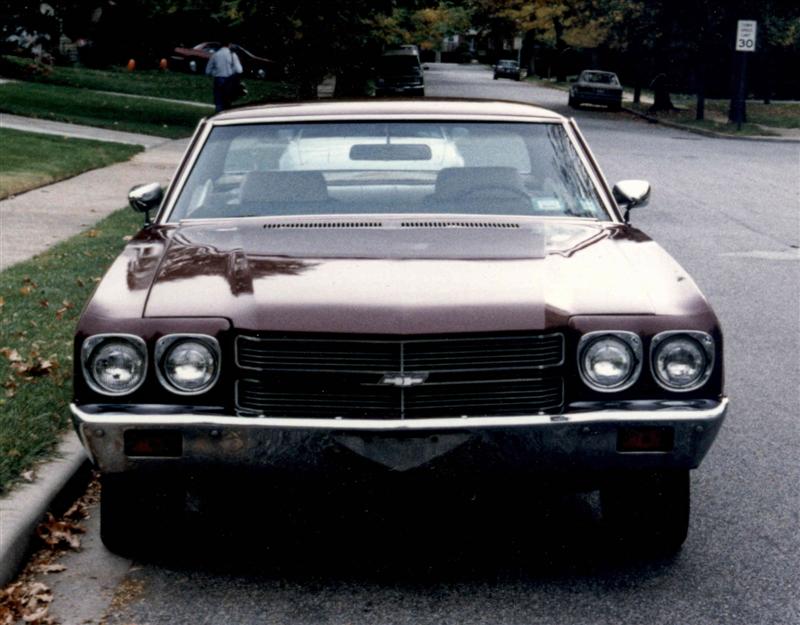
********************
Related Articles: